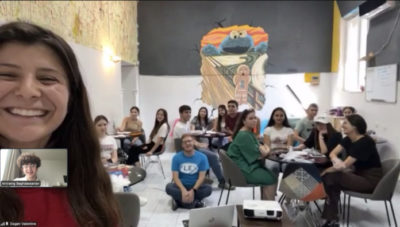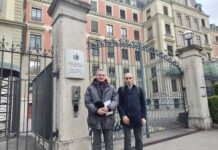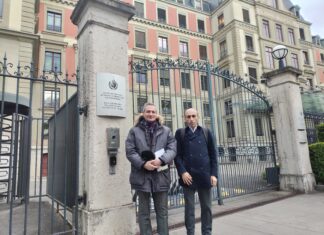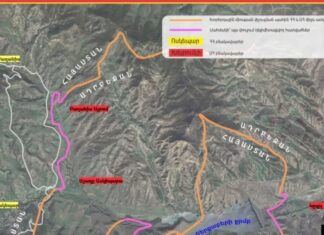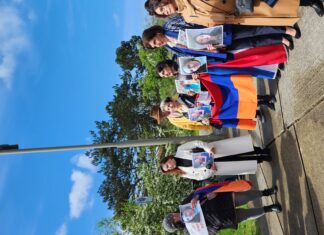GREAT NECK, N.Y. — Designing, writing, and preparing to teach students is usually something reserved for teachers during the summer, but South High senior Antranig Baghdassarian flipped the script this year.
An Armenian-American hailing from Great Neck, he has always had a passion for science and technology — and also his Armenian ancestry. The combination of these interests led him to create his very own workshop on solar energy which he taught virtually to students in Armenia this past summer.
Great Neck may be thousands of miles away from Armenia, but Baghdassarian did not let the distance, nor numerous other difficulties, prevent him from bringing the workshop to other young adults in the homeland. The idea came to be when, after an interview with an Armenian repatriate from Syria, he learned that solar energy in Armenia was only a fraction of its full potential. Beyond having his own childhood intellectual curiosity in solar energy, based on research Antranig did, he also found that Armenia had a lot of potential for that form of renewable energy, but the infrastructure, awareness, and education needed to bring that change was lacking. Furthermore, the International Energy Association showed that Armenia was an ideal candidate for solar energy (producing 720 kWh more than the average annual solar energy flow per square meter of horizontal surface of the Europe average). From thereon, seeing both the void and potential, he brainstormed several ideas on what could be done.
“At first I just wanted to see if we could get and install solar panels… though that would help Armenia get some solar energy but wouldn’t be a long term solution, so I thought that would be a bad idea.” Instead, Baghdassarian thought it might be more beneficial to simply start teaching children in Armenia about solar energy so that the younger generation was more informed and could eventually themselves decide how, where, and if solar energy should be implemented in the country.
Now set with the idea to teach about solar energy, Antranig got to work preparing his workshop materials. Though he planned on teaching virtually, Baghdassarian still wanted to have it be an engaging and hands-on experience for the younger generation, so that it could create a spark in their minds about the power of solar. As such he decided to have a two part presentation, one virtual and the other an interactive, hands-on portion for the students.
“I wanted to focus on the making and function of the solar panel… you hear all the time about it working but until you really see the mechanism and use it, you might not believe its capabilities,” he said.



